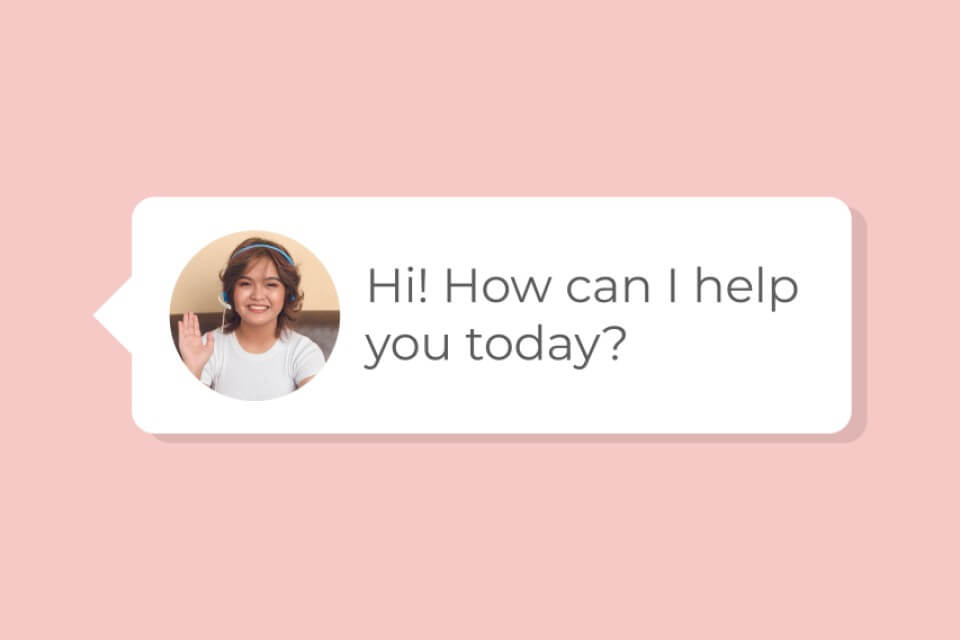In order to receive traction online, you have to be where your potential customers are. And for most businesses, that includes social media.
Whether you’ve tried to market your business on a social media site or not, it doesn’t take more than a few moments on a site to realize how confusing the process can be. The behemoth social media site Facebook brags they have a couple billion profiles online. And a lot of businesses get excited when they hear those numbers. Billions! It’ll be easy! Put up a little information and watch the sales roll in.
Of course, it doesn’t take very long for these excited marketers to realize it isn’t that simple.
Every popular social media platform online has two different ways to use their sites: with paid and organic elements. Both can bring in a whirlwind of activity – IF you use it in the right way.
Organic
Organic social media is the heart of each platform. It’s what gives the site life. It’s the part of the site you don’t pay for. If you’ve ever put a photo in your newsfeed or updated your followers on what you’re doing with a few simple phrases, that’s the crux of organic social media. Organic is also when your friends “like” a post or comment on your photo. Any actions that don’t involve payment can be considered as organic.
Paid
Paid is anything on social media that is influenced by advertising dollars. If you ever see a “sponsored” ad on your newsfeed, that’s paid advertising. It can also include things like boosted ads, boosted posts, video ads, lead generation forms, optimized ads, and more. These ads are specifically created and targeted by a variety of demographic and behavioral criteria.
Why You Need Both
The problem most businesses have when they first jump on the social advertising bandwagon is they think they can get all the traction they need online simply through organic means. So they post and tweet and snap images until it grows old. Then with very little to show for it, they give up.
While organic may have been all you need to succeed in the early years of a social media platform, it’s not the case anymore. The most popular sites continue to expand their services, and that includes giving preferential ranking to those customers who are willing to pay. It’s now a pay-to-play atmosphere, and it’s the only way you’ll gain traction online.
With Facebook, for example, in the early years it was easy to gain as much as 12 percent reach every time you posted something to your Facebook Page. That all ended quickly, with the percentage continuing to drop and be redefined all the time.
That’s not saying you shouldn’t post organic content. It’s important to have an active presence on your page, and organic is the way to do that. But it’s also important to have a strategy that boosts your efforts on social media with paid social advertisements too. These ads help you reach out further to your targeted demographics. Then when they click on the sponsored ads and head back to your business page, they’ll be greeted with an active site.
Organic and paid have always worked well together; that’s not going to change.
What is changing is the process. It’s more difficult to throw a little money at it and see results. The way to succeed today is to have a well thought out plan in place. What do you need to know?
Understand Social Media Algorithms
Every social media platform is dependent on their own internal algorithms. These algorithms determine what a user sees on their timelines.
This algorithm is ever-changing; don’t think you can go to a class today and know everything there is to know. This algorithm is what keeps social media platforms current, relevant. That’s why they tweak it all the time. If the changes are large enough, they might report them in their own internal news channels – like Facebook’s – but there are probably a lot more that go unreported, and are only visible to certain users when they witness a change.
Let’s continue with Facebook for a moment. When you login to your profile, your focus is on your newsfeed. This is where you find all of the stories your friends and groups have posted. Facebook uses a ranking system to post so that you’ll only see the most relevant information. They do this by taking into account the inventory of all posts ready and waiting for you, take signals based on past behavior, predict how likely you are to respond to the story, and how relevant it is based on your own internally listed demographics.
Other social media platforms work in very similar ways.
Dig Deeper
How SEO Is Changing Thanks To Social Media
You’ve Set Up A Facebook Business Account: Now What
Better Posts Work Better
Have you ever gone to a social site for a store you love, and scratched your head wondering who is posting to their newsfeed? They may sell clothes, for instance, but their entire profile is set up around cat videos. That’s a sure sign of a marketing team that doesn’t get social media.
Big companies spend big bucks filling their social media channels with relevant data. But even if you don’t fall into that stratosphere, and your marketing budget is a little smaller, doesn’t mean you can’t make those same strategies work for you.
Fewer is better in social media, if you learn how to do them well.
The first step is really understanding each platform. What makes it tick? What do the people on the platform want? What drives them to keep coming back?
Next, it’s about tweaking what you do to match those demographics. Give the people what they want while staying true to your brand.
Perfect posts create a user-friendly atmosphere when your prospects and clients show up. And if you create perfect posts that people like, you can boost them again and again to get more people. It’s a never-ending circle that provides win-win results.
User-Generated Content
Here’s the good thing about working organic and paid together. Eventually, it takes on a life of its own, and you come out the winner.
Social media works because people don’t just sit back and watch. They play an active role. They click. They watch. They read.
Then they like. And they share. And they add to the story in their own unique ways.
Transparency is everything because you can’t hide in an online world. But you can use it to your advantage in many ways. How about running contests – post photos and win. If you use a little imagination, you can find many different ways to interact. The more you do it, the deeper your relationships will grow. And of course, the larger your following will be.
So what’s your strategy for social advertising strategy? Are boosting posts a part of it? If not, maybe this is the year to try.




